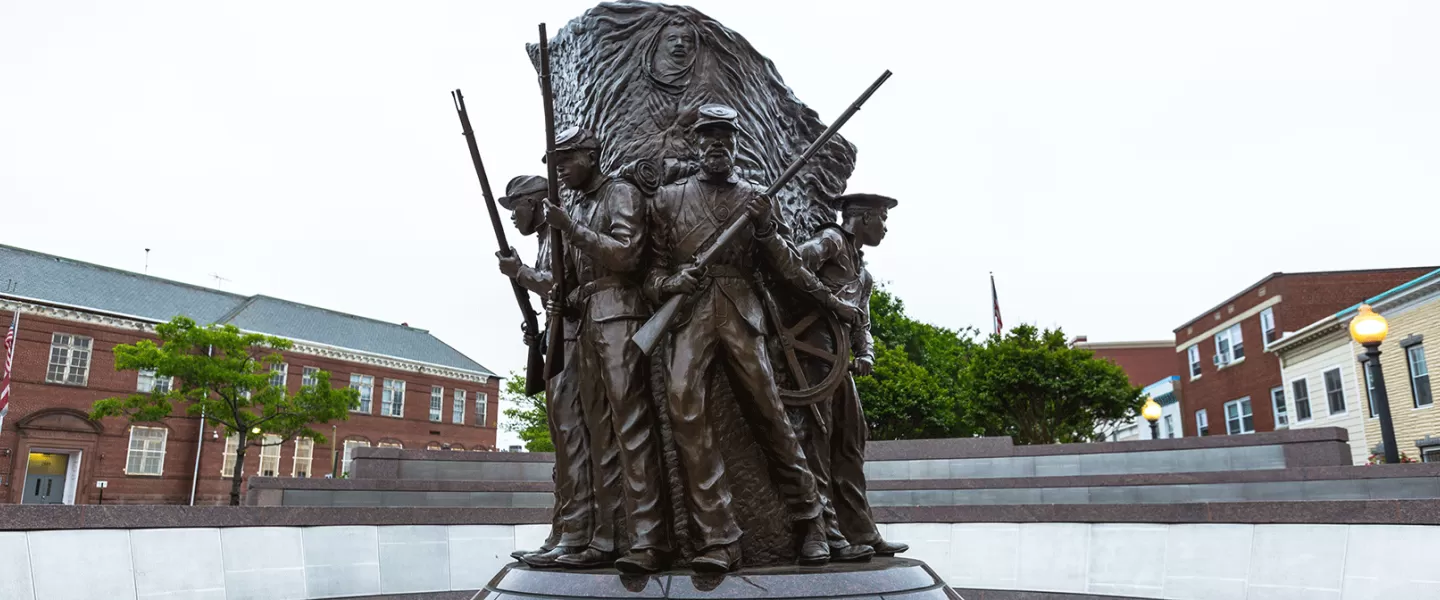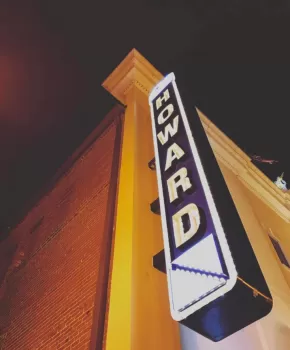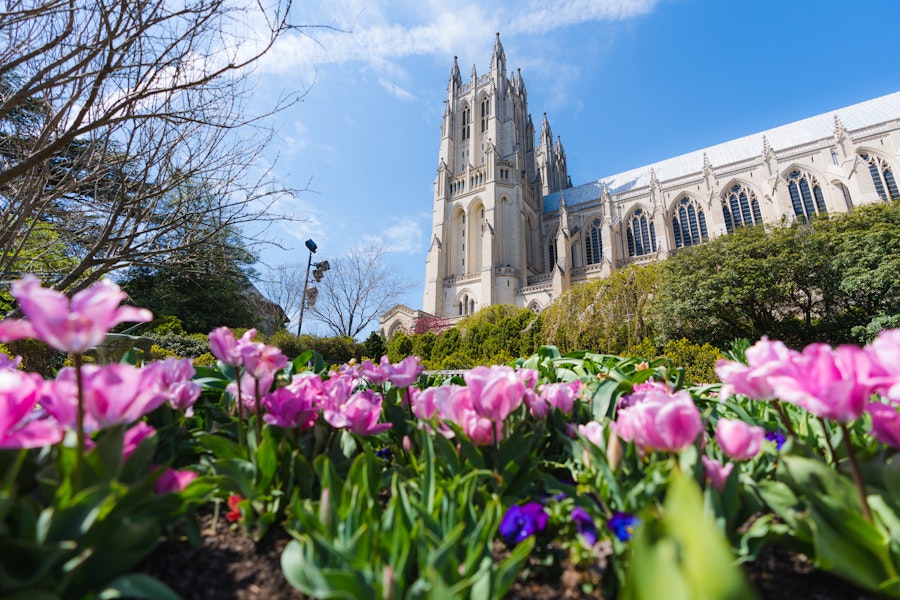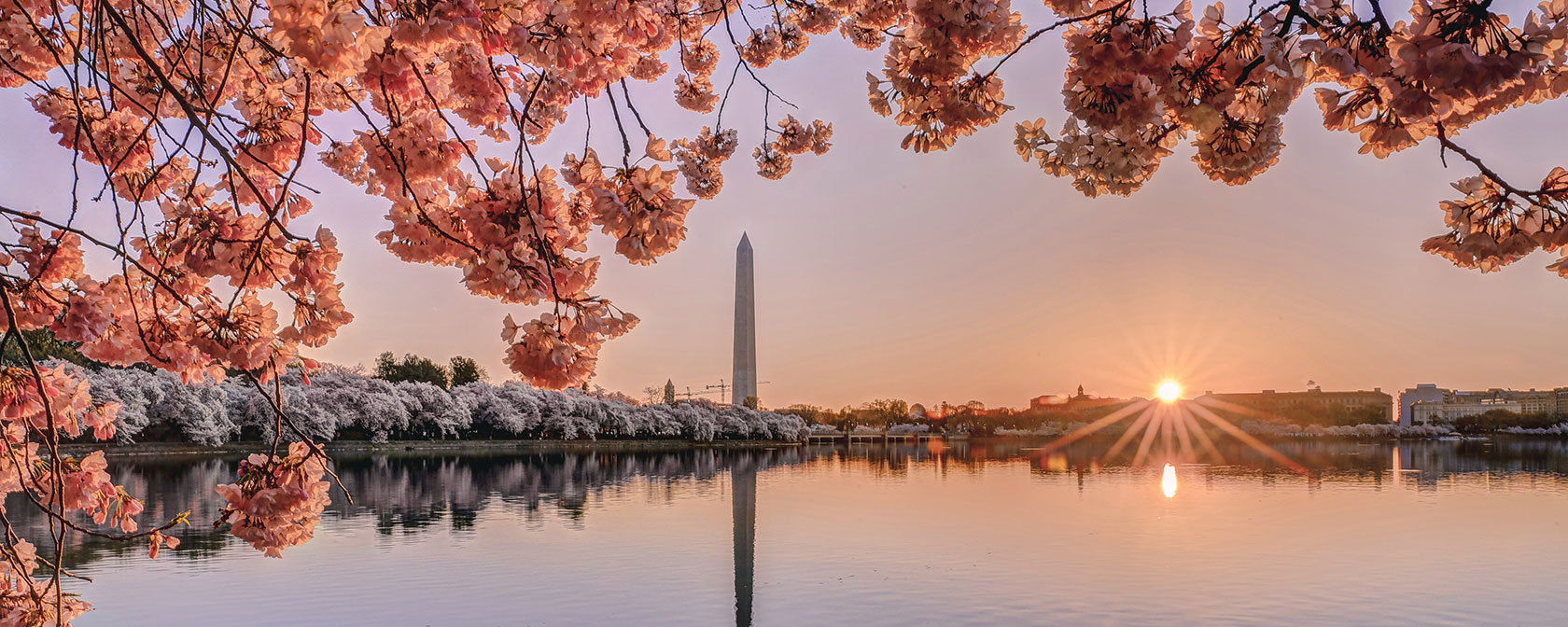The District's U Street Corridor is a lively center of art, culture and African American heritage.
The city is full of historic places, but U Street stands out for its unique position as a heart of DC culture, both past and present. The neighborhood began to build up toward the end of the 1800s, thanks to the construction of streetcars on its main thoroughfares. While it was primarily residential at the outset, it soon developed into an epicenter of African American life in the first half of the 20th century – one of the most exciting areas in the country for the celebration of black culture.
This was especially true for its influence in the music and arts scene, as theaters (like the Lincoln and Howard) opened. Famous personalities, from musician Duke Ellington to poet Langston Hughes, got their starts here, and many more flocked to the area to sing, dance, perform and play. Jazz was a focal point, and remains so today. The famous Ben’s Chili Bowl opened in that era, and proudly still serves its renowned half-smoke chili dog today. The area flourished and blossomed for several decades, but then suffered decline during and after the riots of 1968.
However, over the past two decades, this section of the District has become as vibrant as ever. Since the 1990s, it’s been welcoming a new generation of artists and trendsetters in a complete revitalization. In fact, DC placed the African American Civil War Memorial at the U Street Metro stop in recognition of the area’s contribution to African American culture.
U Street is again the go-to neighborhood for music and arts, nearly overflowing with venues to catch a show, whether internationally renowned acts, a local funk band and certainly lots of jazz. These venues include the refurbished Lincoln and Howard theaters, which both sat unused for years, but now serve as gleaming tributes to both the past and future of U Street’s arts scene.
Beyond music, U Street’s heritage and cultural diversity cannot be overstated. It was once home to one of the largest Ethiopian communities in the country and has a significant Caribbean population, among other immigrant groups. You can dine at any number of ethnic restaurants - we highly recommend Dukem for an incredibly delicious take on Ethiopian cuisine. U Street is also home to a dynamic, youthful vibe thanks to the several nearby universities, including Howard University just a few blocks away. This energy helps support an exciting arts scene, with galleries like Hamiltonian and boutiques like Lettie Gooch.
Because of its historic significance and contribution to American culture, the National Park Service has commemorated it by adding the Greater U Street area to the National Register of Historic Places.
Now that you know U Street's history, discover all the things to see and do in this exciting neighborhood.
More About DC





